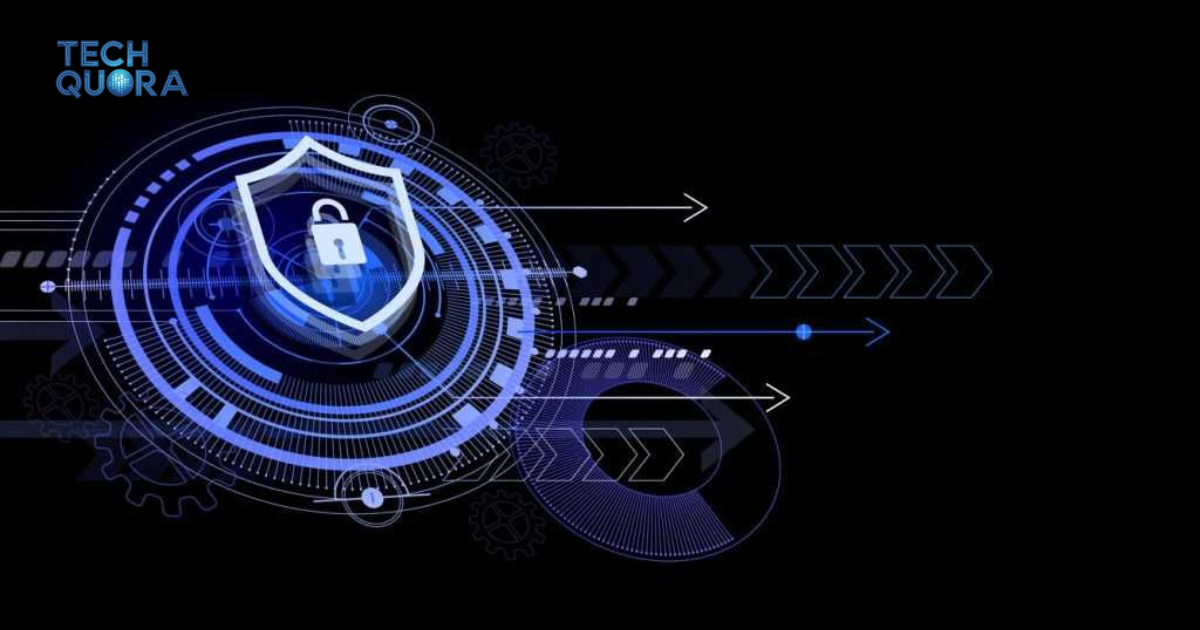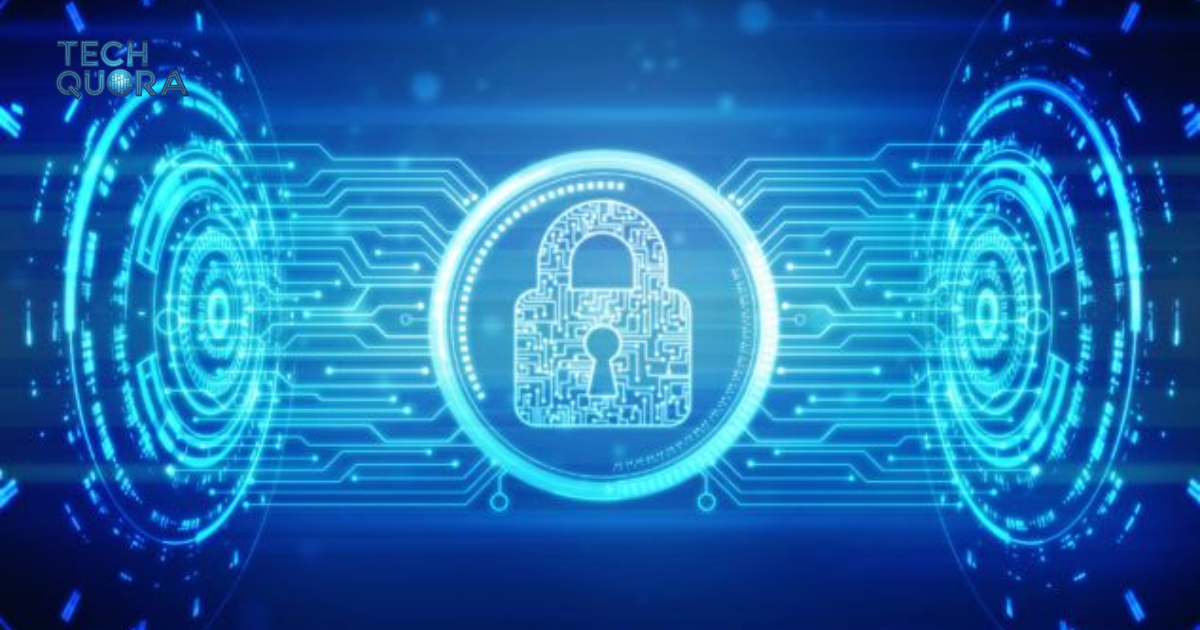In the modern era, where speed and security define success, the Cybersecurity High Speed Internet US Navy initiative is a groundbreaking step toward strengthening America’s maritime defense. The cybersecurity high speed internet us navy in a complex and fast-paced environment, requiring not just advanced ships and weaponry, but also state-of-the-art communication and cyber defense systems.
By integrating high-speed internet with robust cybersecurity protocols, the Navy ensures faster decision-making, more efficient operations, and safer communication channels — both at sea and on shore. In this comprehensive guide, we’ll explore five proven benefits of this initiative, why it matters for national defense, and how it impacts operational excellence.
1. Faster Decision-Making in Critical Missions
One of the most significant advantages of cybersecurity high speed internet us navy is the ability to transmit and process information in real-time.
In combat or emergency situations, every second counts. With rapid data transfer speeds, commanders can access intelligence, communicate with allies, and execute orders almost instantly.
How Cybersecurity Enhances This
Without strong cybersecurity high speed internet us navy measures, high-speed communication systems could be vulnerable to hacking, interception, or data manipulation. The Navy uses military-grade encryption, firewalls, and AI-driven monitoring to ensure that no sensitive information falls into the wrong hands.
Example: During joint exercises with allied nations, real-time video feeds and encrypted data exchange help Navy teams coordinate more effectively, reducing delays and minimizing the risk of miscommunication.
2. Enhanced Operational Security (OPSEC)
Cybersecurity in the Navy isn’t just about preventing hackers from stealing passwords — it’s about protecting national secrets that could compromise missions or endanger lives.
With high-speed internet, the Navy can use real-time threat detection systems that monitor network traffic for suspicious activity. These systems can instantly flag, isolate, and neutralize threats before they cause damage.

Key cybersecurity high speed internet us navy:
- End-to-End Encryption: Protects data from sender to receiver.
- Intrusion Detection Systems (IDS): Alerts teams to any unauthorized access attempts.
- Multi-Factor Authentication (MFA): Adds layers of protection beyond passwords.
Result:
Sensitive mission plans, submarine positions, and classified communications remain safe — even against the world’s most advanced cyber threats.
3. Improved Communication Between Units
The cybersecurity high speed internet us navy operates across oceans, often in coordination with other branches of the U.S. military and allied forces. High-speed internet enables faster and clearer communication between ships, submarines, aircraft, and onshore command centers.
Benefits of Improved Communication:
- Real-time coordination during rescue missions.
- Seamless sharing of tactical maps and surveillance data.
- Reduced communication delays during fast-moving operations.
When combined with top-tier cybersecurity high speed internet us navy, these communication channels remain secure, preventing adversaries from intercepting or altering messages.

4. More Efficient Training and Simulation
The Navy invests heavily in training, and high-speed internet allows them to use advanced simulation technologies that prepare sailors for real-world challenges.
Examples of Internet-Powered Training:
- Virtual Reality (VR) Simulations: Replicate combat situations without real-world risks.
- Remote Learning Platforms: Allow sailors to learn and update skills anywhere in the world.
- AI-Driven Tactical Drills: Adjust difficulty in real time based on performance.
Cybersecurity plays a critical role here by ensuring that training data, software, and communication platforms remain protected from tampering or espionage.
5. Greater Support for Remote and Overseas Operations
Navy ships and submarines often operate thousands of miles from U.S. shores. High-speed internet makes it possible for them to:
- Maintain video conferencing with command headquarters.
- Transmit large files like satellite imagery.
- Receive instant updates on mission objectives.
By combining this with advanced cybersecurity, the Navy ensures these long-distance communications are free from interception, disruption, or sabotage — even in hostile regions.

The Future of cybersecurity high speed internet us navy
The U.S. Navy’s commitment to cybersecurity and high-speed internet is expected to grow even stronger in the coming years. With emerging technologies like 5G, quantum encryption, and AI-driven cyber defense, the Navy will continue to enhance its operational capabilities while keeping its communication channels secure.
Future developments may include:
- Quantum-Resistant Encryption: To safeguard against future quantum computing threats.
- Autonomous Cyber Defense Systems: AI that can predict and counter cyberattacks before they occur.
- Global Satellite Internet Networks: Ensuring high-speed connectivity in even the most remote oceanic regions.
Final Thoughts
The Cybersecurity High Speed Internet US Navy initiative represents a significant leap in modern military communication and defense. By merging blazing-fast data transfer with ironclad security, the Navy can operate with unmatched speed, efficiency, and safety.
The five proven benefits — faster decision-making, enhanced operational security, improved communication, efficient training, and better remote support — show how this technology shapes the future of naval operations. In a world where cyber warfare is as real as physical combat, these innovations are not just beneficial — they are essential for national security.
Frequently Asked Questions (FAQs):
1. Why is high-speed internet important for the U.S. Navy?
High-speed internet enables real-time communication, faster decision-making, and seamless data sharing between naval units and command centers.
2. How does the Navy protect its networks from cyber threats?
The Navy uses military-grade encryption, intrusion detection systems, AI monitoring, and multi-factor authentication to safeguard sensitive data.
3. Can cybersecurity prevent all cyberattacks?
While no system is 100% invulnerable, robust cybersecurity greatly reduces the risk of successful attacks and limits potential damage.
4. Does high-speed internet work in remote ocean regions?
Yes, the Navy uses advanced satellite communications and specialized marine internet systems to maintain connectivity even in isolated areas.
5. What future technologies could improve Navy internet security?
Quantum encryption, AI-powered defense systems, and global satellite networks are expected to enhance speed and security further.
Meta Description
Discover 5 proven benefits of Cybersecurity High Speed Internet US Navy — enhancing defense, secure data, and operational excellence.

Here’s Muhammad Haseeb, a passionate and results-driven digital professional with 4 years of hands-on experience in SEO. I specialize in improving website visibility, driving organic traffic, and implementing effective off-page and on-page strategies.


